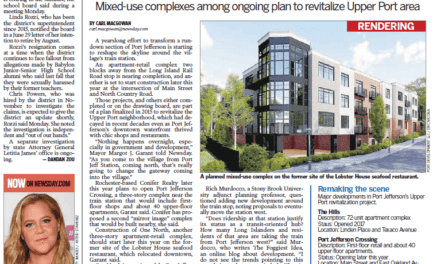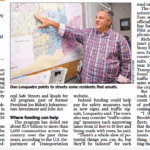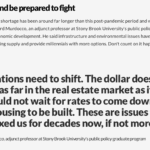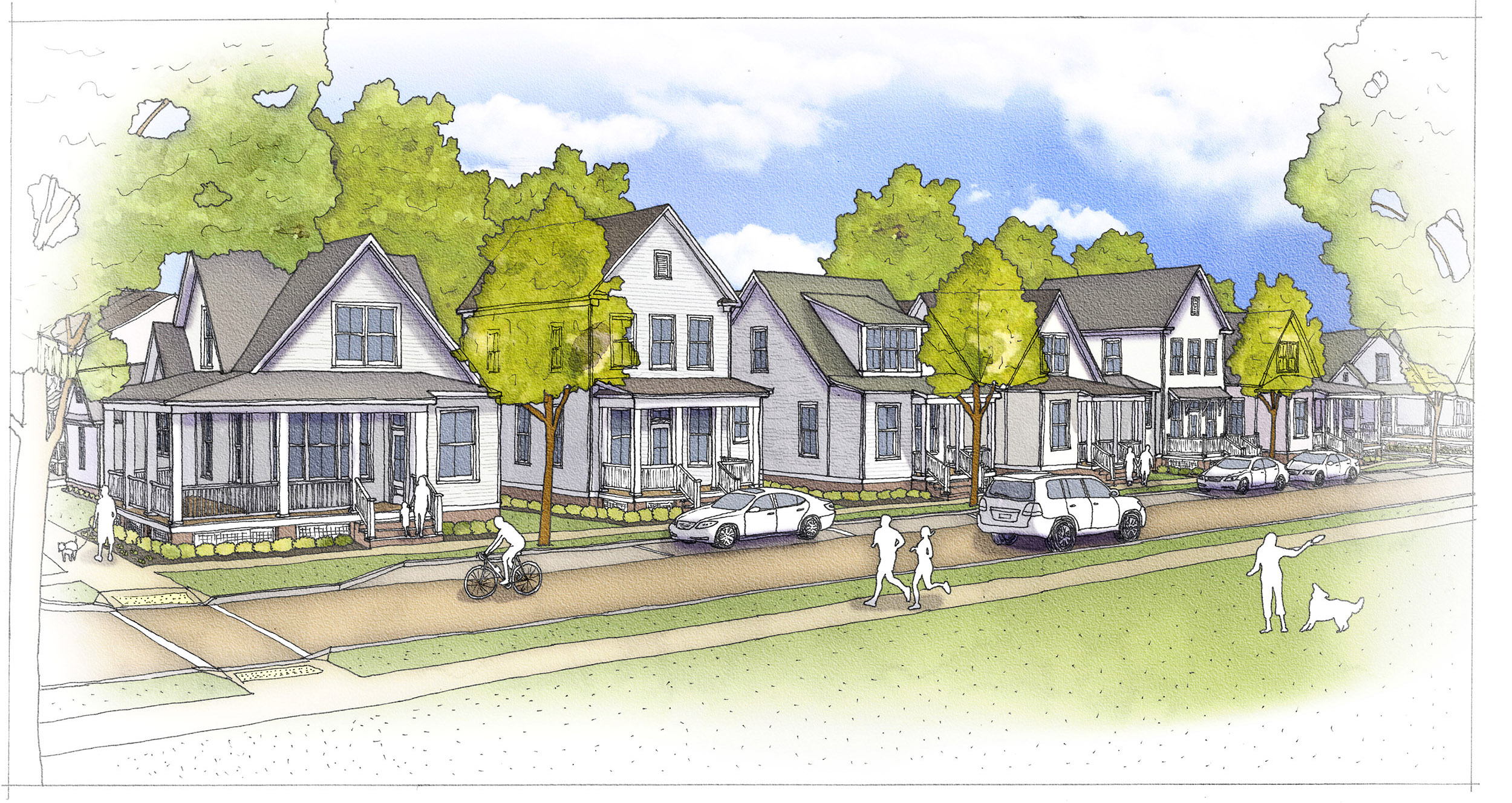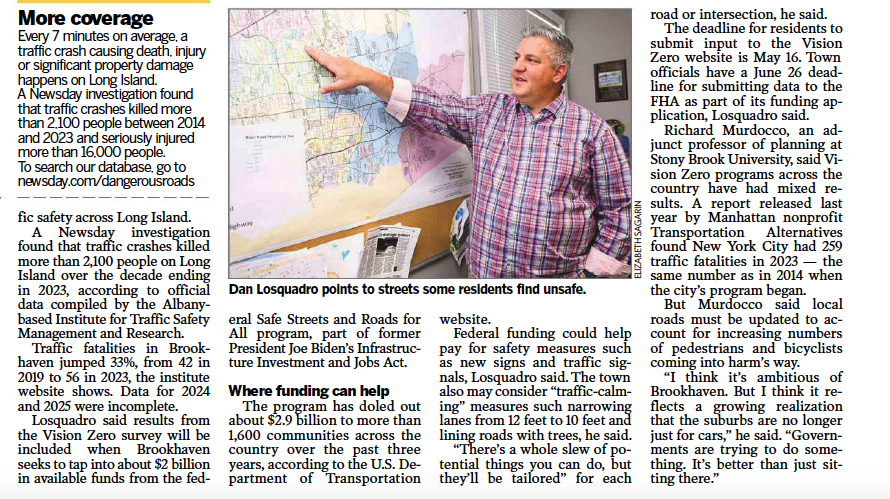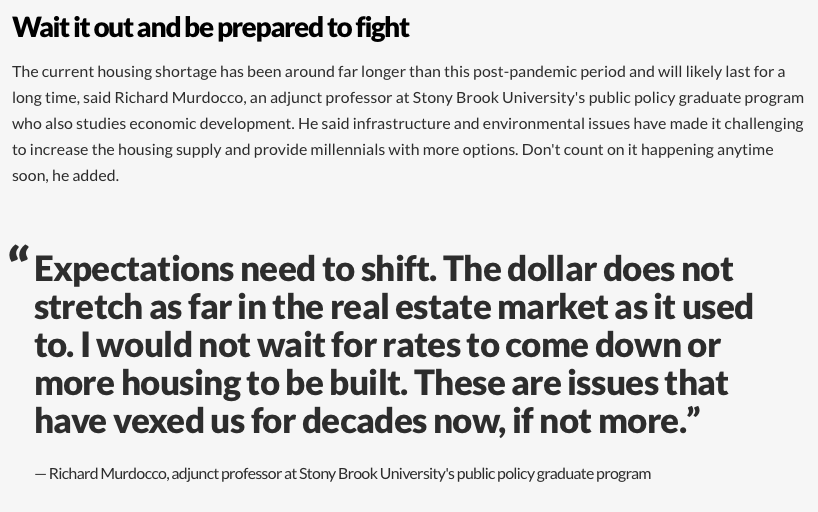Just because it keeps on being repeated, doesn’t mean it’s true.
Multiple groups frequently call for more apartments to be built on Long Island, claiming that the creation of these units will plug the hemorrhaging tide of young professionals packing their bags for more prosperous environs west. Long Islanders hear it so frequently, from so many places; the concept has essentially become common place.
However, the concept’s repetition in no way makes it true. As often as the concept is touted by housing advocates and developers, is as often as it should be questioned.
In a recent LIBN Op-Ed, Michael Watt wrote the following, which concisely sums up the argument made all too often:
“More apartments equal more opportunities for young professionals to stay on Long Island and plant their roots. These apartments should provide a transition from the dorm room to the single-family home.” Watt goes on to say “You can cite a silo of statistics regarding the disappearing young professionals, yet some folks still question how real the problem is.”
Watt is correct- some folks do question how real the problem is, and rightfully so.
Let’s Build Em!
Alright. Let’s build these apartments. As I’ve written in the past:
According to the Suffolk County Department of Planning, Long Island has a total of 845,762 acres of land (202,047 acres in Nassau, 643,516 in Suffolk). This figure represented the finite amount of potential our region has, and we’ve been chipping away at it for decades. To date, 86% of that total is already built up, leaving only about 118,407 acres left for us to develop in some way. According to the Trust for Public Land in a study commissioned by the Rauch Foundation and the Long Island Community Foundation, Nassau County has a mere 4,260 acres left vacant, while Suffolk has more breathing room with about 42,000 acres remaining.
In total, we have 46,260 acres to play with in Nassau and Suffolk. It seems that the average multi-family development is typically up-zoned from 1 unit per one-half acre to roughly 9 to 10 units per acre. Taking away roughly 20% for access roads, utility right-of-way and drainage, and 10% for open space (assuming some sound planning practice is followed), that leaves us with 13,878 vacant acres to “plug the brain drain” with apartments on. That is 138,780 housing units built at maximum build out, and assuming each project yields 10 residential units per acre.
So- where should these units go? Nassau can only get 42,600, so the remaining 96,180 can be placed across Suffolk County. Since 2013 ushered in the Age of the Megaproject, we should be good to go.
Sound Planning or No Planning
The biggest problem isn’t the sheer unit yield that is presented in the above hypothetical, but rather, the limitations of Long Island’s existing infrastructure. Mostly well-meaning groups, writers and others who advocate that more density is the silver-bullet solution to our regional woes forget that we’re already on the brink of overdevelopment. That’s the main problem with the “build your way out of the recession” mentality- it doesn’t factor in sound urban planning principles, primarily because urban planners aren’t touting these solutions.
I’ve received a large amount of both positive and negative feedback in response to my pieces on housing, building as of right, and various other pieces I’ve written. With each negative response and counterpoint, I’ve found that the author tends to neglect most basic tenet of planning: achieving a solution that balances the social, environmental and economic well-being of the region. Simply put- you cannot build more “workforce attainable sustainable housing that is Smart Growth development” at the expense of one of the three main forces. True planning theory dictates that a solution must be workable, achievable, grounded in scientific data and integrated into the region.
Long Island is constantly presented with the same solutions, from the same stakeholders, all with a dog in the fight and something to gain by dominating the conversation regarding our region’s future. It is with the optimism that all planners should have that in 2014, Long Islanders will start to get involved in the conversation on a deeper level, and continue to question the false status quo being touted as sound planning. In closing, 2013 was the year that the song remained the same.


